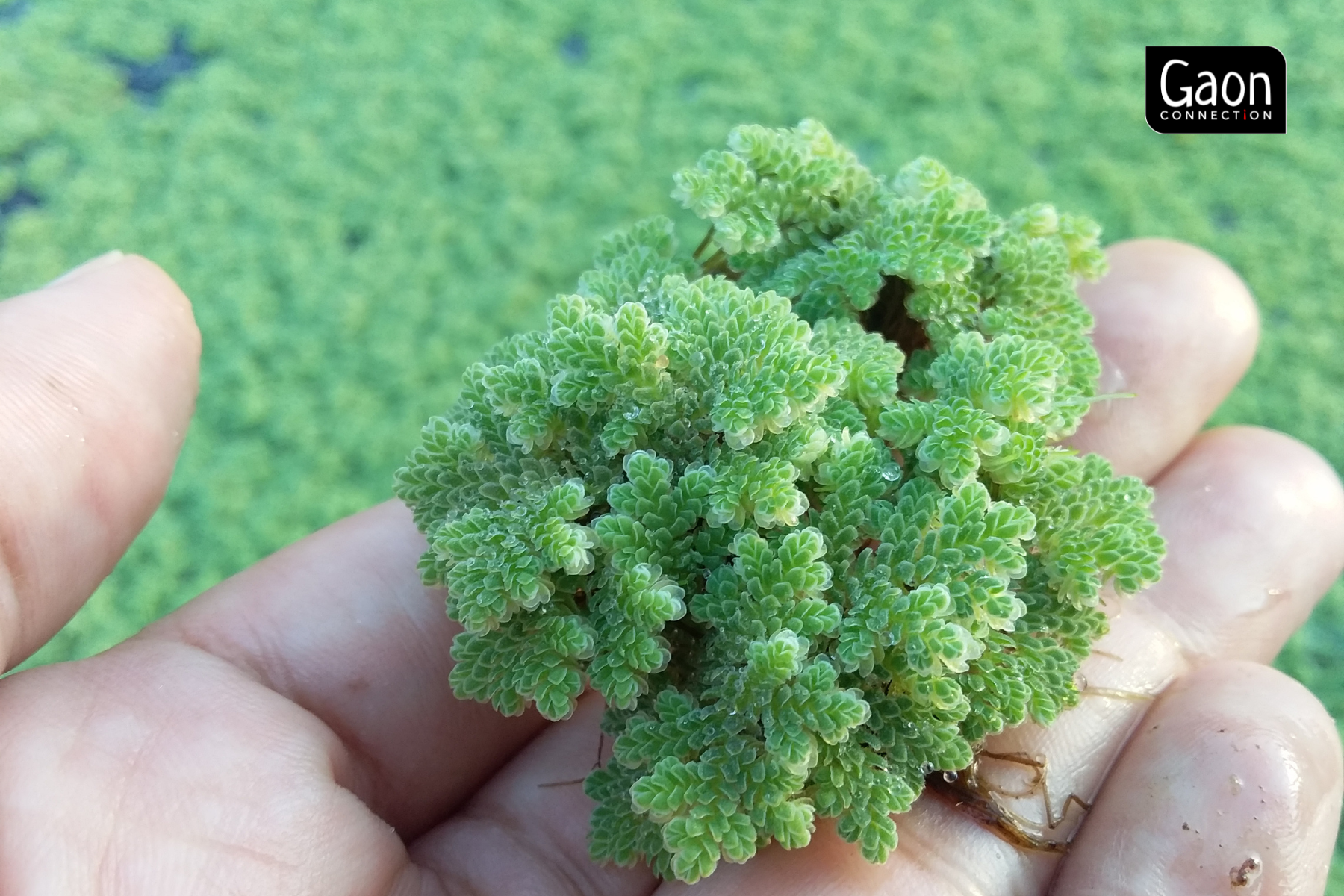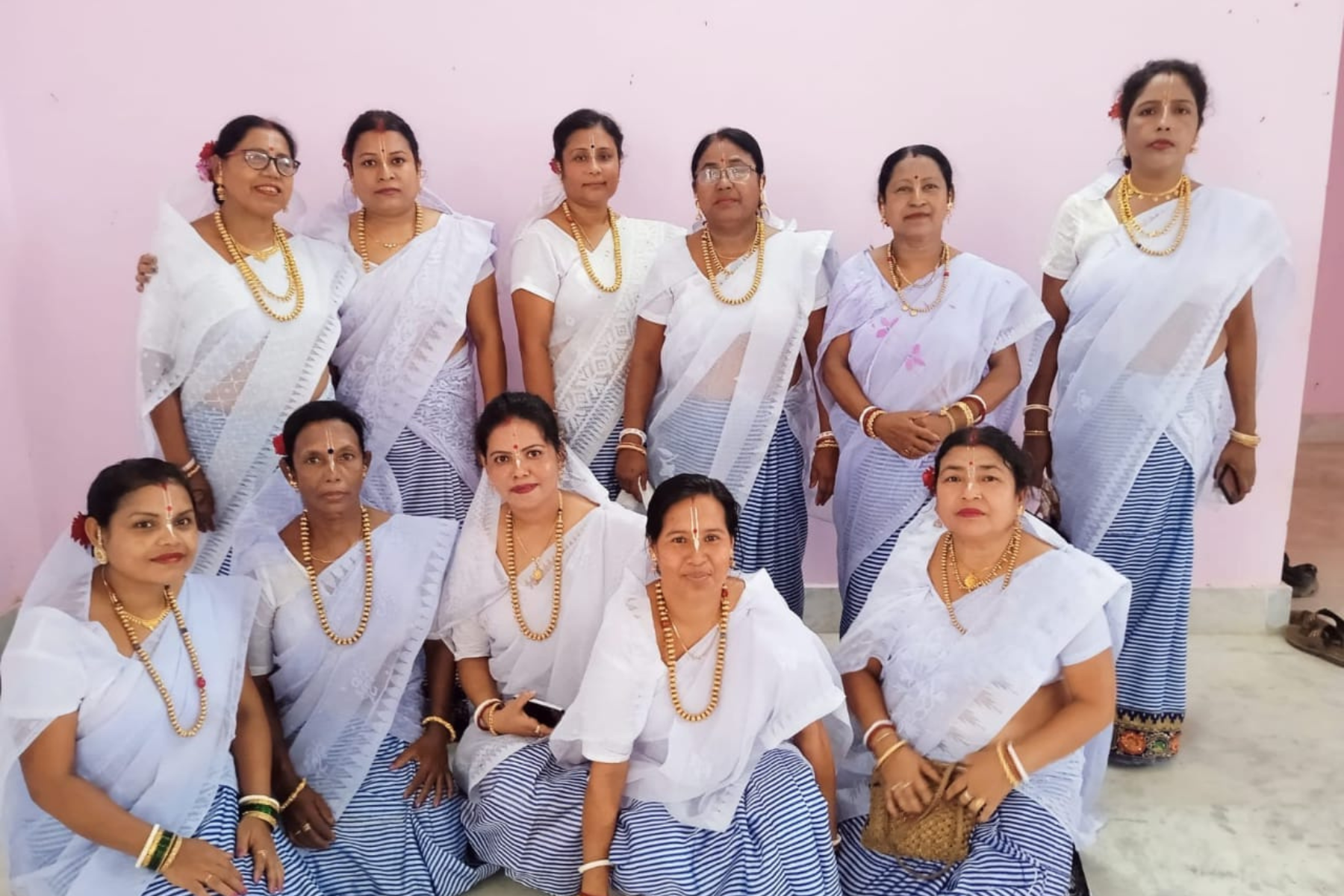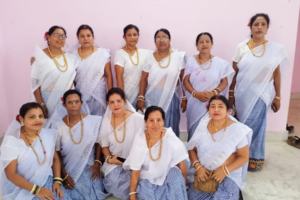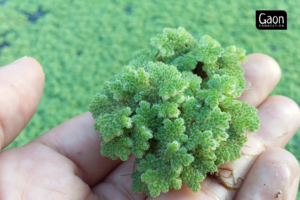At 7 am in rural Assam, 45-year-old tea plantation worker Ram Charan* was having breakfast at home when he suddenly fell off his chair and realised that his right arm and right leg could not be moved. Though Ram smoked beedis, he had no other vices and hadn’t reported any major ailments.
His family rushed him to the nearby health center, where the doctor correctly diagnosed that he had suffered a stroke and asked for a Brain CT (computed tomography) scan to be taken.
However, the closest diagnostic center was 25 km away. By the time Ram returned from his scan, it was almost 9 am. He was put on medication to bring his blood pressure of 190/100, down. The attending physician was already overwhelmed by the number of patients in the ER. So he had a quick look at the CT scan but was unsure if Ram could start on any blood thinners.
Also Read: Healing amid risk: What the COVID-19 pandemic has meant to health workers
By the time he was referred to the Baptist Christian Hospital, Tezpur (a town close the Assam – Arunchal Pradesh border) it was 12 pm and had missed the time window for administering the clot removing injection as per the standard Stroke guidelines (American Stroke Association-ASA).
The injection and radiology procedures for stroke were also beyond the limited means of the hospital. Ram was eventually discharged with significant disability and limited function, after Post-Stroke Care including physiotherapy and rehabilitation for 1 month.
Delayed medical attention costing lives
In India, more than 4,000 people like Ram Charan develop stroke every day, with a case fatality rate of up to 42 per cent. It is one of the top five leading causes of death in the country, and across the world. In the past decade the number of stroke cases have almost doubled in low-and-middle income countries, which shoulder 80 per cent of the world’s stroke burden.
Also Read: An overdose of immunity boosters for protection from COVID19 can possibly be dangerous
This is because of the higher prevalence of risk factors for stroke such as hypertension, tobacco consumption and an ageing population, as well as the quality of diagnostics.
Hypertension is a major risk factor for stroke. It’s prevalence in indigenous Assamese population and tea garden workers has been reported to be higher than the national average. Anecdotal reports and hospital-based studies from this region indicate that the disease is a huge burden in Assam.
Strokes are sometimes called ‘Brain Attacks’, as they’re usually caused by reduced blood flow to the brain due to blocked blood vessels — circumstances similar to a heart attack.
How are strokes diagnosed and treated?
Strokes are diagnosed through a brain imaging scan to detect bleeding or clotting. If it is the latter, an injection to break up the clot must be administered within 4.5 hours of the symptom’s onset – which now happens in less than 5 per cent of all cases.
Also Read: Rising concern: Rural India faces the double burden of undernutrition and obesity
Further treatments to remove the clot can only be carried out in Comprehensive stroke Centers, which are mostly found in urban areas. There are well established stroke care pathways in most developed nations, but these are fragmented in many low- and middle-income countries.
Another significant issue faced by India is the inability to scale up stroke care through a specialist-led model as there are only about 2,500 neurologists and 10,000 radiologists for a population of 1.4 billion.
How artificial intelligence can help?
For patients like Ram Charan and many others with access only to smaller hospitals with no specialists, there is significant delay in the clinical decision-making process, due to lack of expertise. Emerging digital technologies are helping bridge the gap between demand and supply through tele-consultation platforms (eg. TeleStroke) and Artificial Inteliigence (AI) assisted diagnostics.
The Baptist Christian Hospital (BCH) in Tezpur is a 130-bed hospital that serves communities in both Assam and Arunachal Pradesh. The hospital is equipped with CT machines as it has an established Physician Led Stroke Unit.
However BCH depends on tele-radiology services for imaging reports, as well as neurologists in referral hospitals. To reduce the turnaround time and improve patient outcomes, BCH has recently adopted and deployed Mumbai based health-tech firm Qure.ai’s AI technology – qER, which helps triage and automate Head CT scan interpretation, prioritises cases for radiologists which in turn, enables physicians to attend to critical patients first.
qER is approved by the United States Food and Drug Administration (FDA) and can detect bleeds, fractures, strokes, etc., generating results in under a minute and immediately alerting physicians via notifications on their phones.
By drawing the attention of the doctors as well as the remote radiologists to critical abnormalities on CT scans, the reporting time has reduced from more than 60 minutes to less than 5 minutes, which is important in time-sensitive processes like Stroke management. Technologies like qER also provide an additional level of support, boosting the confidence of non-specialists in these settings.
Qure’s AI technology does not require any complex hardware, is easy to deploy, and has transformed stroke care. Dr Jemin Webster, a Physician at BCH, Tezpur says, “It is a handy tool when there is no access to radiologists. In rural setting while there are centers with CT machines, reports are only available after a few days. Qure’s AI tool can be very helpful in centers with high case loads in ERs and in settings like ours which do not have neuro-specialists or radiologists.”
As we embark on improvising stroke care in India, technologies like Qure.ai’s qER have a major critical role to play in supporting and empowering the first point of contact for acute Stroke patients – smaller hospitals with non-specialist clinicians. Improving the quality and efficiency of stroke care can significantly improve outcomes, reduce long-term disability making a tremendous difference to the patients’ life.
*Name changed to protect patient confidentiality.
Justy Antony Chiramal is a physician with more than 10 years of clinical experience and 5 years of research experience especially in Epidemiology, currently exploring the interface of Artificial Intelligence and medicine. For the past 5 years, she has been working as a Clinical Advisor for Qure.ai, Mumbai.
Views are personal













